Best Earth Images of the Week Feb. 8, 2013

Volcanic vent
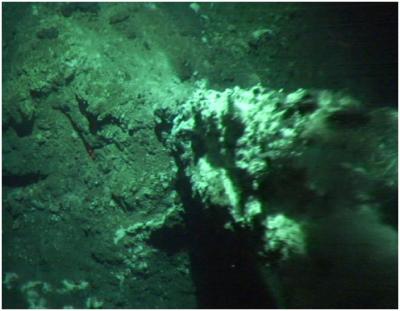
A research vessel towing an underwater camera has discovered a volcanic vent in the Southern Ocean north of Antarctica.
This vent differs from "classic" hydrothermal vents by being colder, although higher than surrounding seawater in levels of minerals like lithium, boron and calcium.
[Full Story: Seafloor Volcanic Vent Found Near Antarctica ]
Oozing glass
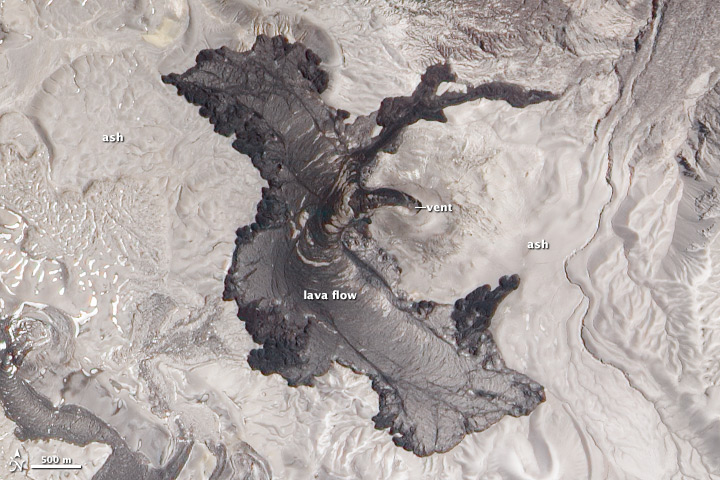
A slow-moving lava flow made of glass is still inching its way down a volcano in Chile, nearly a year after it first erupted, geologists recently discovered.
The lava is made of obsidian, or volcanic glass. Researchers visiting Chile's Puyehue-Cordón Caulle volcano in January 2013 found the obsidian flow was moving, even though the volcano stopped erupting in April 2012, NASA's Earth Observatory reported.
[Full Story: Glass Lava Flow Still Oozes a Year Later]
Motion in the ocean
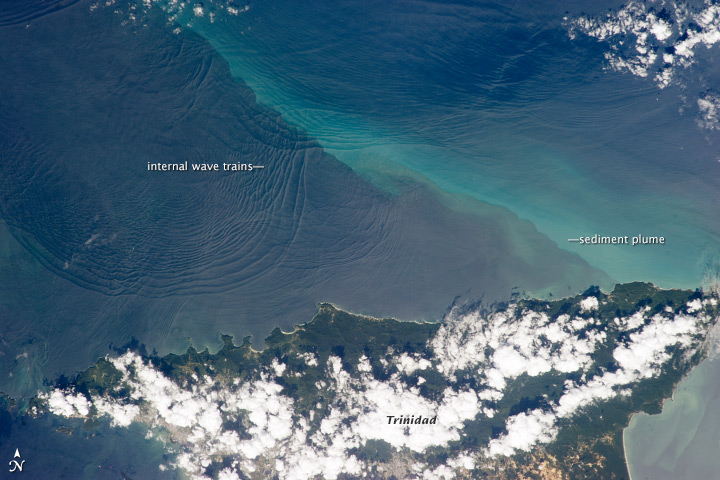
In the ocean, there are more waves than meet the eye.
Below the whitecaps breaking on the sea surface, so-called internal waves ripple through the water. These waves can travel long distances, but rarely does evidence of their existence surface unless you're looking down from space, that is.
[Full Story: Weird Underwater Waves Spotted from Space ]
Proud parents
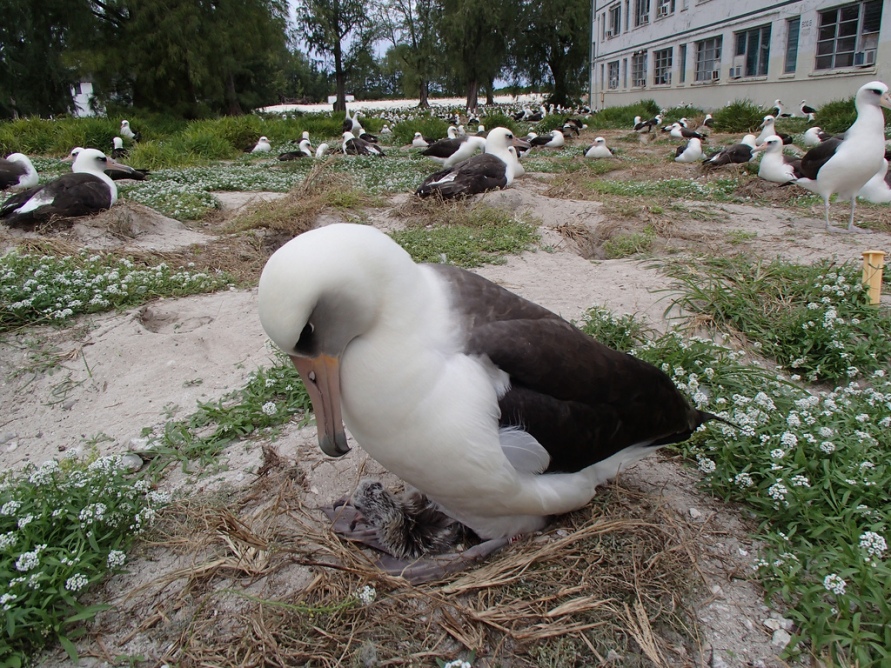
The oldest known wild bird in the United States has hatched a chick for the sixth year in a row.
The Laysan albatross named Wisdom, thought to be at least 62 years old, hatched a healthy-looking chick on Sunday (Feb. 3), according to a statement from the U.S. Department of the Interior. Wisdom and her young chick inhabit Midway Atoll National Wildlife Refuge (NWR), which is famous for its Laysan albatross population.
[Full Story: Oldest Known Wild Bird Hatches Healthy Chick ]
Setting up shop
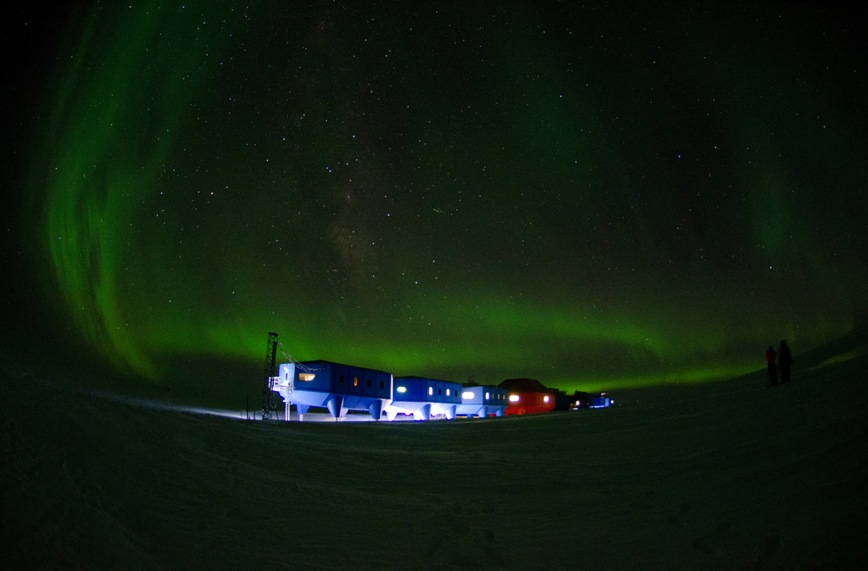
A new British research station in Antarctica is officially up and running, the British Antarctic Survey announced today (Feb. 4).
Known as the Halley VI Research Station, it is the sixth such base built by the United Kingdom and will provide a home to scientists doing research on the coldest continent, according to a BAS statement.
[Full Story: New Antarctica Research Station Sets Up Shop]
Dancing lights
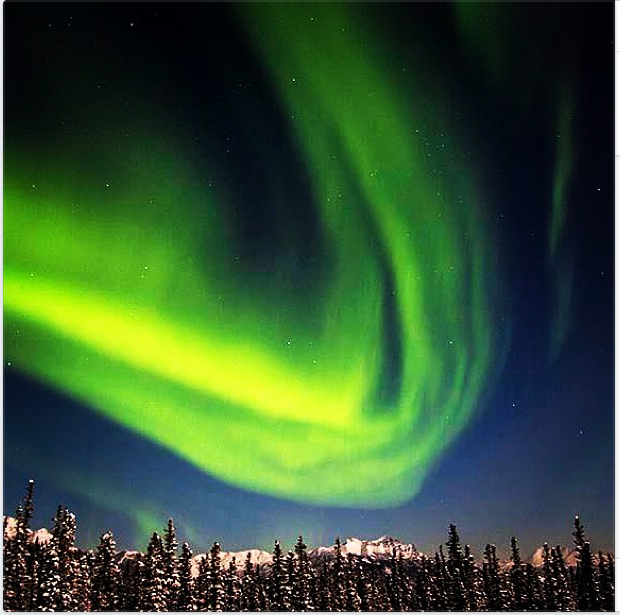
The northern lights recently made an appearance over Alaska's Denali National Park, and as the above photo shows, they did not disappoint.
Northern lights are powerful geomagnetic storms, also known as auroras. They are seen on Earth when charged particles from the sun hit the Earth's atmosphere. The light show was visible across Alaska this past weekend (Jan. 26-27).
[Full Story: Photo: Northern Lights Dance Over Denali]
Get the world’s most fascinating discoveries delivered straight to your inbox.



